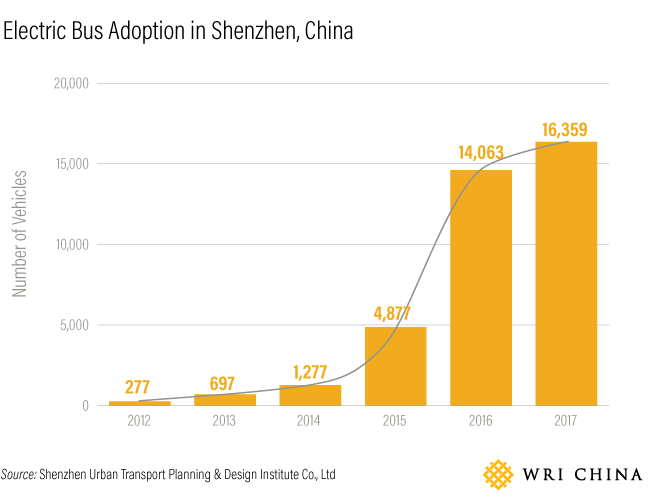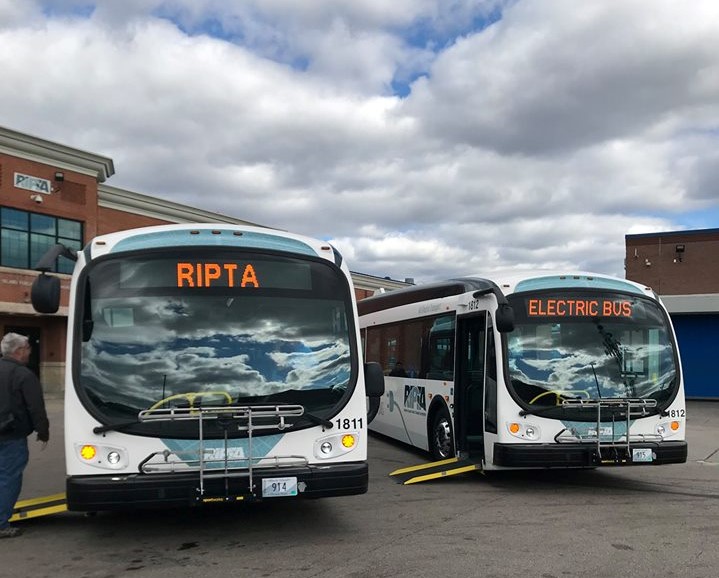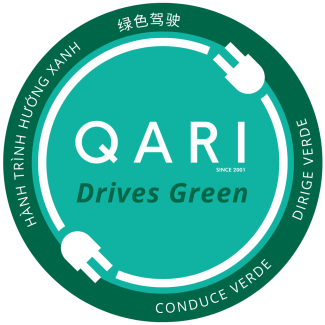Electric vehicles protect our health. Replacing internal combustion engines on our roads with electric vehicles should be a public health priority.
Internal Combustion Engines Are An Avoidable Public Health Menace
We talk a lot about the need to reduce our reliance on fossil fuels to fight climate change. But switching from gas-powered cars to electric vehicles (EVs) is more than just a climate change issue; it’s a matter of public health.
Internal combustion engines create air pollution in two ways: (1) by releasing primary pollutants directly into the atmosphere and (2) by releasing direct emissions that create secondary pollution when they react chemically with elements of the atmosphere.
Burning gasoline produces many different pollutants (too many to list here!), among them the six criteria pollutants for which the Environmental Protection Agency (EPA) has set standards thanks to the Clean Air Act: ground-level ozone, particulate matter, carbon monoxide, lead, sulfur dioxide, and nitrogen dioxide. Though we have made great progress in reducing emissions of these pollutants (particularly lead, with the phase-out of leaded gasoline), new research has prompted the EPA to set stricter standards over the years, and today more than 150 million people in the United States still live in counties whose air quality does not meet these National Ambient Air Quality Standards (NAAQS).
Let's meet some of these polluting culprits and their crimes:
- Ground-level ozone: Ozone, as you likely know, protects us from the sun's radiation when it's present in the upper atmosphere (the aptly-named ozone layer). However, at the ground level, it's a severe irritant, responsible for the choking, coughing, and stinging eyes associated with smog. Ozone damages lung tissue, aggravates respiratory disease, and makes people more susceptible to respiratory infections" (FHWA). Ozone is a secondary pollutant of cars and trucks, as the hydrocarbons they release react with nitrogen oxides in the presence of sunlight to produce ground-level ozone.
- Particulate matter: Combustion in vehicles' engines releases tiny solid particles and drops of liquid measuring less than 2.5 microns in diameter, which travel through the airways into lungs and cause "increased respiratory problems and disease, decreased lung function, alterations of the body’s defense systems, and premature mortality" (FHWA). Diesel fuel is a major source of particulate matter, which is why we advocate switching buses, especially school buses, to electricity.
- Carbon monoxide: Carbon monoxide is a colorless, odorless gas that prevents the body from taking up oxygen, causing "dizziness, headaches, fatigue, visual impairment, reduced work capacity, reduced manual dexterity, and poor learning ability" (FHWA).
- Nitrogen dioxide: Nitrogen oxide contributes to the formation of smog, increases susceptibility to respiratory infections, and has been linked to asthma and heart attacks.
(For more information about these pollutants, please see the Union of Concerned Scientists' "Cars, Trucks, and Air Pollution" page or the Federal Highway Administration's Transportation Air Quality Selected Facts and Figures. It's also important to mention that we are limiting our discussion here to the burning of fuel - extracting, refining, and transporting fuel of course all produce dangerous emissions of their own.)
In addition to tailpipe pollutants and their effects, climate change itself is a public health threat.
Carbon Brief’s article “Impact of climate change on health is ‘the major threat of the 21st century’” has a great overview of the impacts of climate change on health that discusses everything from exposure to extreme heat, the result of increasing natural disasters, and the spread of infectious diseases such as dengue fever. As climate change makes areas uninhabitable and large groups of people begin to move and become “climate refugees” – either because their farmland has become too dry or the rising sea level has flooded their homes – these health threats will be exacerbated as uprooted communities lose access to health care.
Electric Vehicles Are a Public Health Tool
Pollution imposes significant costs on individuals and on society as a whole in healthcare costs, lost workdays, lowered productivity, and human suffering. The American Lung Association published a report in 2020 that found nationwide vehicle electrification would lead to 6,300 avoided premature deaths, 93,000 avoided asthma attacks, and 416,000 avoided lost work days in 2050. If we put a number on it, that amounts to $72 billion in total health costs that we could save by electrifying vehicles, piling on top of the $113 billion of benefits that come with having a more stable climate.
The sooner the nation transitions to electric vehicles, the sooner we can realize these benefits. Though we may not be paying it at the pump, we are all bearing the burden of the true cost of burning gasoline.
You can read on our Environment page about how electric vehicles produce less carbon dioxide emissions than gasoline- and diesel-powered cars because our electric grid's energy sources as a whole are cleaner (and getting cleaner all the time) than just burning straight fossil fuels in your vehicle. The same is true for other pollutants.
As a result, electric vehicles are a powerful tool to reduce harmful air pollution.
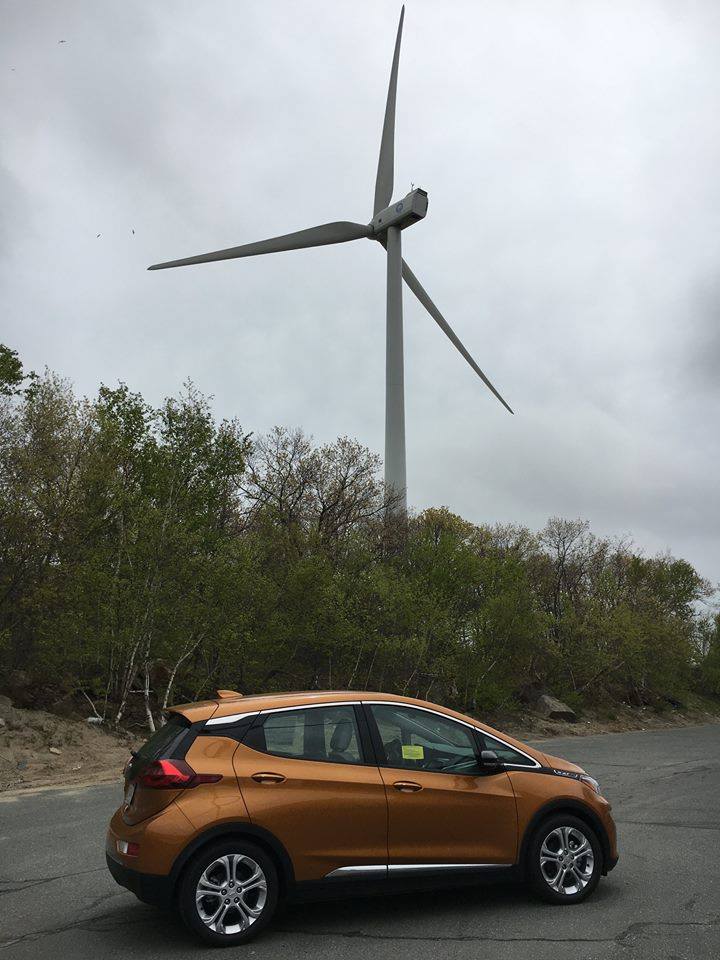
Health Impacts
The health impacts of these and other pollutants affect all of us but are most dangerous for children, the elderly, and people whose bodies are already weakened by existing diseases, particularly respiratory illnesses and heart conditions. As is the case with pollution from power plants and other sources, air pollution from cars and trucks and its associated health problems are worse in poorer communities and disproportionately affect communities of color.
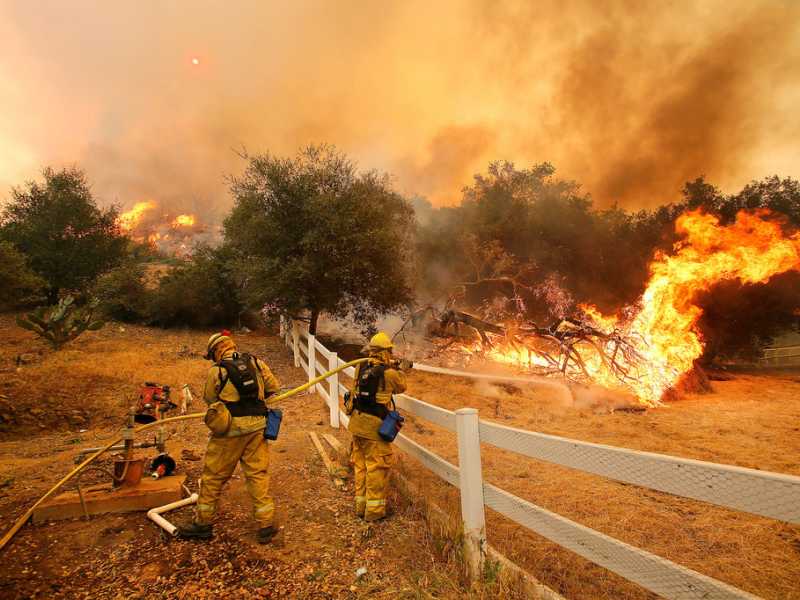
Climate Change is a Public Health Emergency
This excellent article from Scientific American, Climate Change Is a Public Health Emergency, lays out all the ways in which climate change impacts public health already and how those impacts will increase in severity with time. It covers topics such as the increasing frequency of wildfires, the escalation of heat-related disorders, exacerbation of air pollution, threats to food security, etc.
A Note On Buses
Cars are not the only culprits. Trucks, school buses, and public buses all produce noxious emissions. Buses in particular release emissions in areas not well suited to dispersing them quickly – dense city streets with limited leaf cover.
That’s why we are huge proponents of electric buses. Several cities and school districts have adopted electric buses. Locally, Worcester has six electric buses in its public transportation fleet and Concord, Cambridge, and Amherst each operate an all-electric school bus. Martha’s Vineyard and the Pioneer Valley Transit Authority will both be welcoming electric buses into their fleet thanks to some of Massachusetts’ Volkswagen settlement money. Rhode Island is using some of its Volkswagen settlement funding to add three electric buses to RIPTA’s fleet.
But we can do much more. King County, Washington has announced its goal to electrify its entire bus fleet by 2040 and London is expected to have a 100% electric bus fleet by 2037. But the world leader, by far, is the city of Shenzhen, China.
